When switching from gasoline trucks to electric trucks how to choose power and torque?
As the trend of truck electrification continues to accelerate, more and more users are turning to electric trucks when purchasing vehicles. So, when switching from diesel vehicles to electric trucks, how should users judge and choose the vehicle's power, torque and other power parameters?
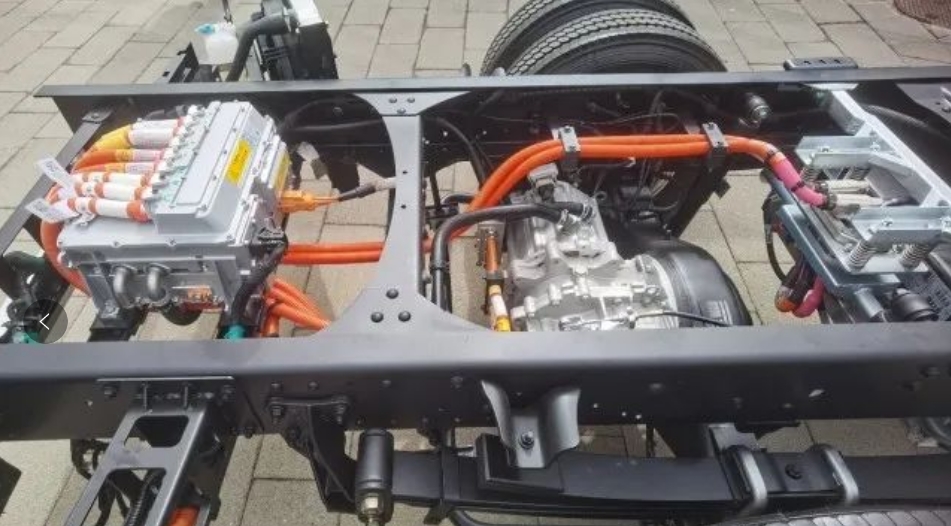
News
The meaning of dynamic parameters is different
Diesel engines usually have three important parameters: maximum power, maximum torque, and maximum torque range; electric vehicles have four important parameters: peak power, peak torque, rated power, and rated torque.
The maximum power of a diesel engine refers to the power released when the engine is loaded at the highest speed (for example: 13-liter engine 1800r/min). Assuming a heavy truck is fully loaded and the driver steps on the accelerator to the bottom, the vehicle speed can reach more than 140km/h. When the speed remains constant, the engine reaches the maximum power.
The duration of a diesel vehicle running at maximum power depends on the heat dissipation capacity: when the vehicle is running on a straight highway, the radiator is in the best condition for headwind heat dissipation, and the engine can maintain maximum power output for a long time. The engine has a 600-hour durability test for maximum power output during R&D; when the vehicle is climbing a slope, the vehicle speed is low, the heat dissipation effect of the radiator is seriously reduced, and the engine can only maintain maximum power output for a short time. When the engine water temperature exceeds the water temperature limit, the engine will enter the self-protection state of "speed reduction and torque limit".
Therefore, when the vehicle is climbing a slope, do not use the speed of maximum power, but use the speed of maximum torque, at the upper limit of the maximum torque speed range. Running the engine at maximum power for a long time will damage the engine and reduce the B10 service life. In order to extend the B10 life of the engine, many companies adopt the technical solution of "big horse pulling a small cart", that is, the same displacement engine has 3-5 power ranges, among which the minimum power is calibrated to extend the B10 life. For example, Scania's P410 model has an engine displacement of 13 liters and a maximum power of only 410 horsepower, but the B10 life of this engine can exceed 2 million kilometers.
The peak power (high speed area) or peak torque (low speed area) of the electric motor is output with maximum power consumption while carrying load when the battery is fully charged. It is usually used for ultra-high-speed driving, sudden acceleration, climbing steep slopes and other working conditions. At this time, the motor does not work for more than 10 minutes, and its power consumption is extremely high, which will cause damage to the motor and battery. It is usually not recommended to use it.
The rated power or rated torque of a motor refers to the power and torque that the motor can output for a long time under the condition of continuous and stable heat dissipation. Usually, the rated power of a permanent magnet synchronous motor is 50%-75% of the peak power, and the rated torque is 50%-75% of the peak torque.
In order to promote the power of their vehicles, some electric vehicle companies emphasize the maximum power and maximum torque of the electric motor, and even use the peak power of electric vehicles to compare the maximum power of diesel vehicles. For example, the maximum power of an electric vehicle is 1,100 horsepower, which is far more than that of a diesel heavy truck of the same tonnage. To some extent, this will mislead users.
News
How to choose the power parameters of electric trucks
So, under the same usage scenario, how to choose an electric truck with suitable power parameters to replace a diesel truck?
First, the urban delivery working conditions of light trucks. At present, diesel light trucks for urban delivery usually choose blue-plate light trucks, with a maximum engine power of 150 horsepower, a maximum torque of 450 Nm, and a rear axle speed ratio of 4.333. Usually, when the maximum speed of the vehicle in the city is 80km/h, the engine speed is 1840 r/min, and the engine output power is 60% of the maximum power, that is, 90 horsepower. The engine is at a maximum torque of 450 Nm. According to the gearbox speed ratio and the rear axle speed ratio, the torque output by the axle is 1403 Nm. When electric light trucks replace diesel light trucks, the most commonly used 90 horsepower is used as the equivalent parameter, corresponding to the rated power of the motor, that is, 66kW. For example, an electric light truck that is the main seller in the market has a rated power of 64kW and a peak power of 115kW. Since the current electric light trucks have fixed speed ratios, usually around 17, this electric light truck has a rated torque of 142 Nm at low speed, which translates to an axle output torque of 2414 Nm, higher than the 1403 Nm axle output torque of a diesel light truck.
Second, the use scenario of heavy-duty trucks for resource transportation. At present, the maximum engine power of diesel heavy-duty trucks for resource transportation is usually 460 horsepower, the maximum torque is 2100 Nm, and the rear axle speed ratio is 3.7. When the maximum speed of the vehicle on the highway is 90km/h, the engine speed is 1160 r/min, and the engine output power is 65% of the maximum power, that is, 300 horsepower. The engine is currently outputting a maximum torque of 2100 Nm. According to the gearbox speed ratio and the rear axle speed ratio, the torque output of the axle is 5590 Nm. When electric heavy-duty trucks replace diesel heavy-duty trucks, the most commonly used 300 horsepower is used as the equivalent parameter, corresponding to the rated power of the motor, that is, 220kW. For example, a 6×4 battery-swap pure electric tractor has a rated power of 220kW and a peak power of 360kW. Usually, electric heavy-duty trucks have 2 gears, and the torque at low speeds is much greater than that of diesel heavy-duty trucks, so the torque does not need to be calibrated.
According to the above analysis, the peak power of an electric motor and the maximum power of a diesel engine are not the same thing, and the two must not be "simply compared" or replaced equivalently. When replacing a diesel truck with an electric truck, the output power of the diesel truck's most important driving conditions must be matched to the rated power of the electric truck to achieve the best power match under the same usage scenario.











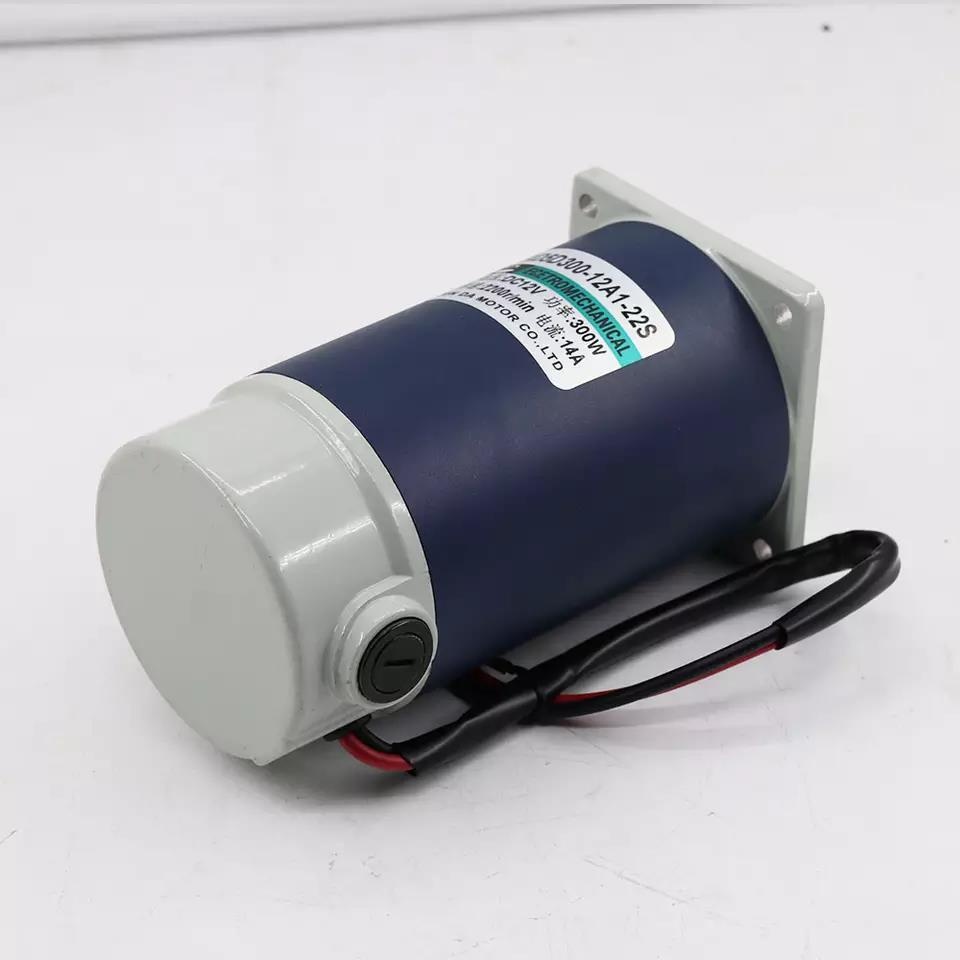


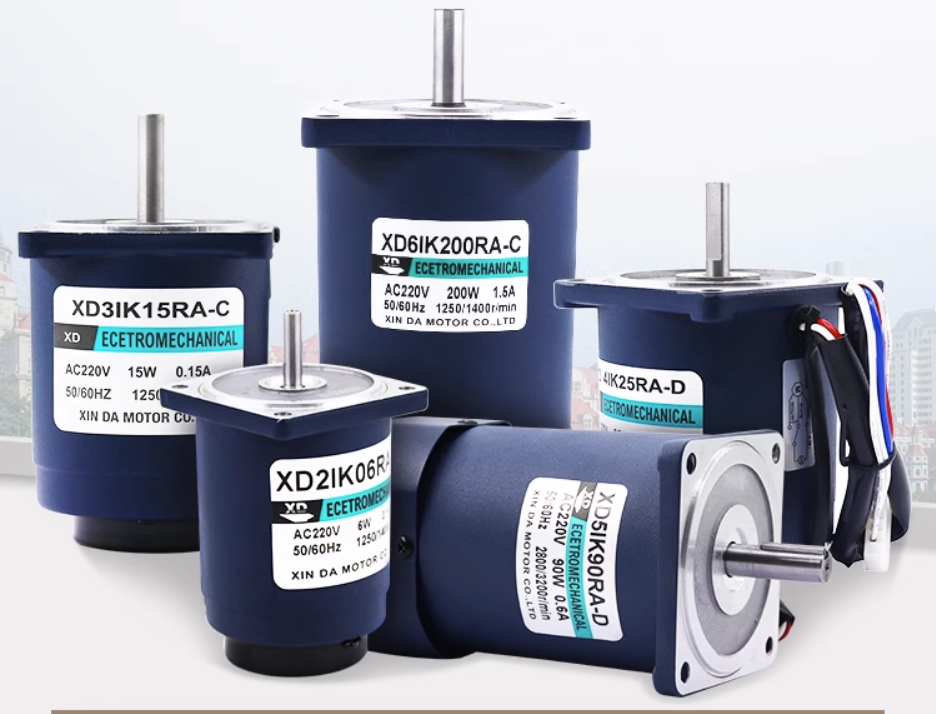



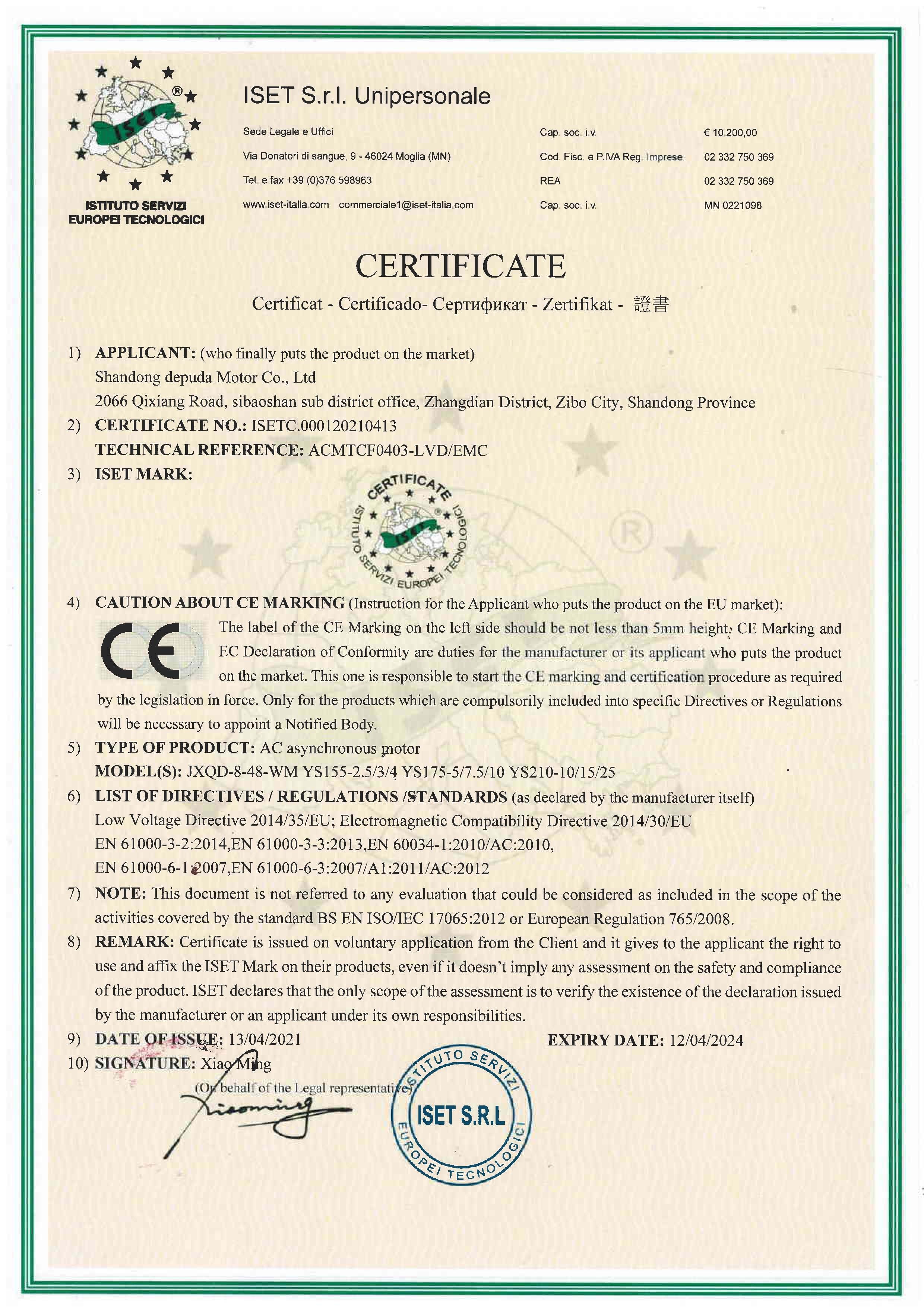
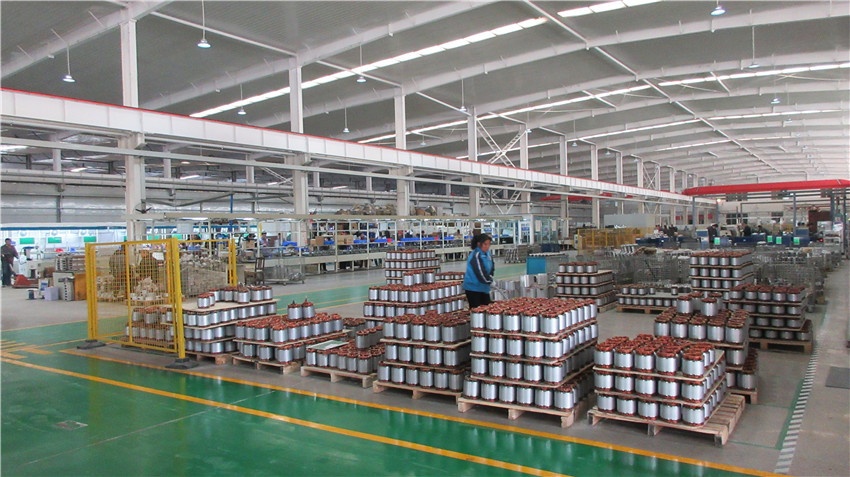
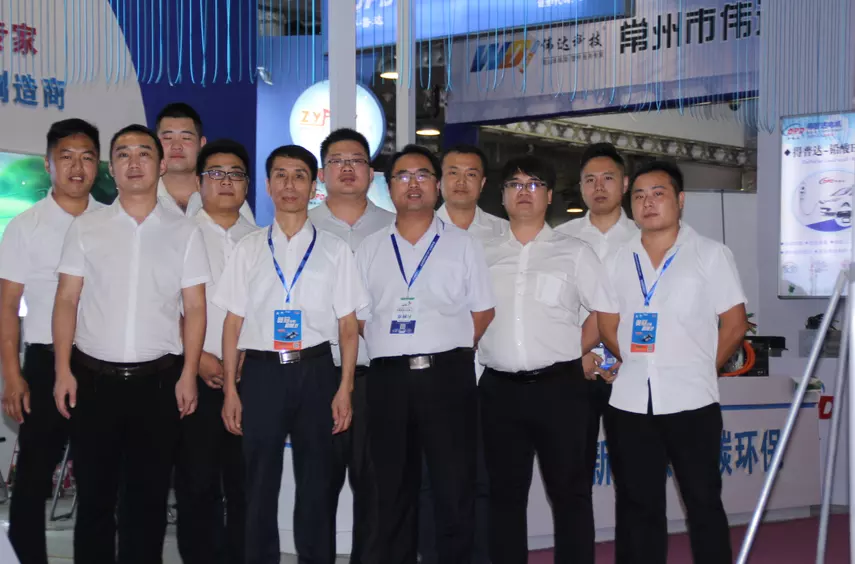



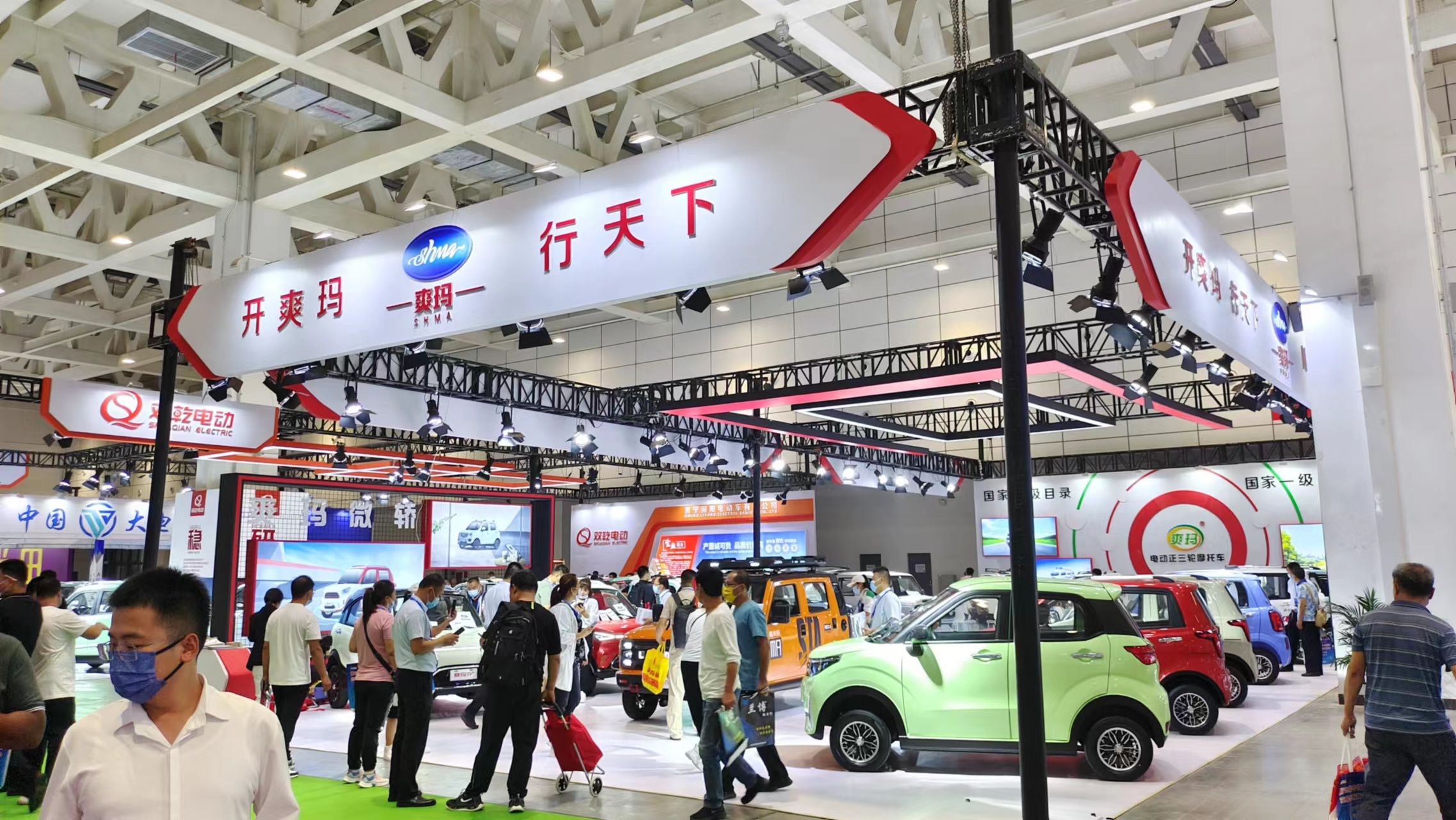


 XINDA
XINDA